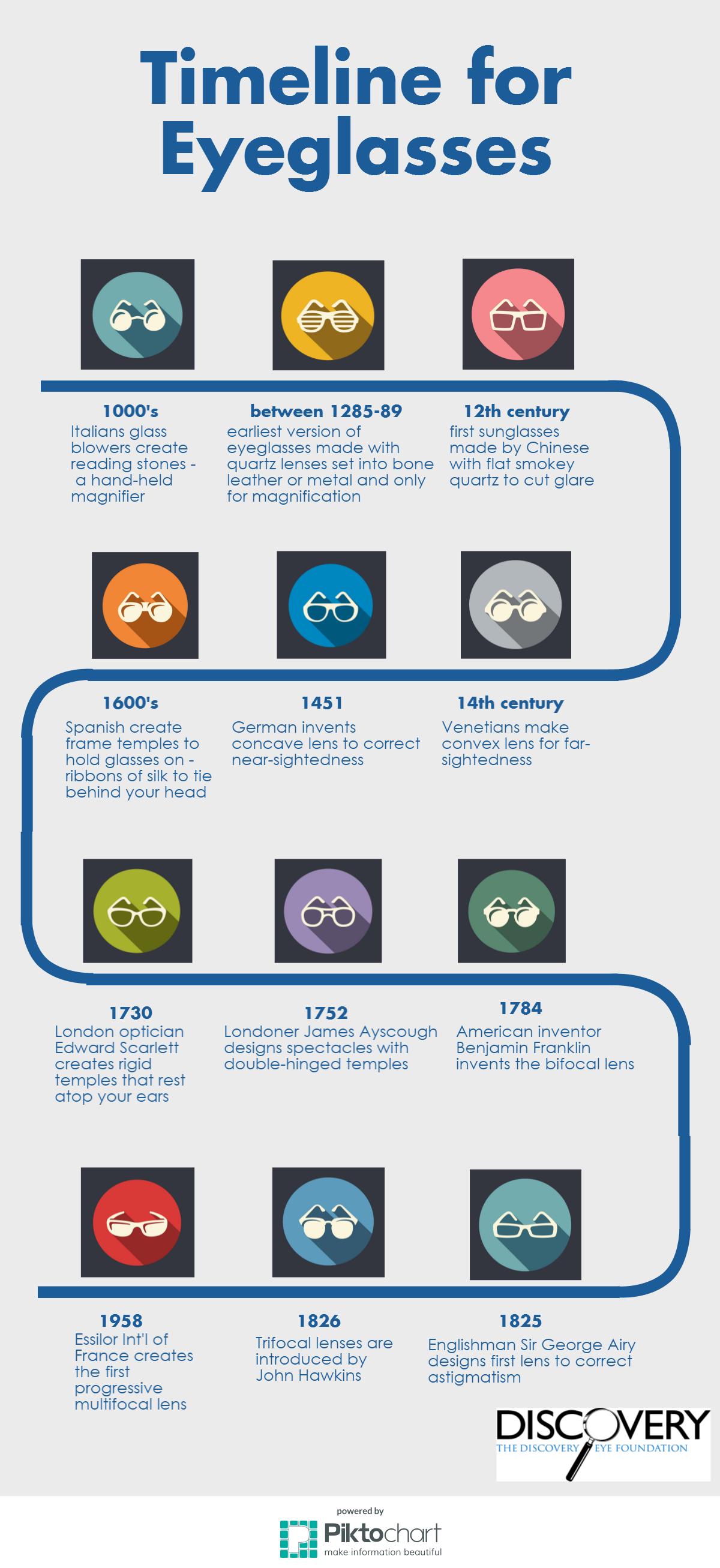Meta has launched the world's 'most advanced' glasses. Will they ...
Humans are increasingly engaging with wearable technology as it becomes more adaptable and interactive. One of the most intimate ways gaining acceptance is through augmented reality (AR) glasses.

Meta's Orion Glasses
Last week, Meta debuted a prototype of the most recent version of their AR glasses – Orion. They look like reading glasses and use holographic projection to allow users to see graphics projected through transparent lenses into their field of view.
Meta chief Mark Zuckerberg called Orion “the most advanced glasses the world has ever seen”. He said they offer a “glimpse of the future” in which smart glasses will replace smartphones as the main mode of communication.
The technology used to develop Orion glasses is not new. In the 1960s, computer scientist Ivan Sutherland introduced the first augmented reality head-mounted display. Two decades later, Canadian engineer and inventor Stephen Mann developed the first glasses-like prototype.
/cloudfront-us-east-1.images.arcpublishing.com/pmn/BPE6UQXBEJAA3IL4B6BTTFQXI4.jpg)
Challenges and Potential Benefits
Meta cites a range of reasons for why Orion are the world’s most advanced glasses, such as their miniaturised technology with large fields of view and holographic displays. It said these displays provide compelling AR experiences, creating new human-computer interaction paradigms.
Orion also has an inbuilt smart assistant (Meta AI) to help with tasks through voice commands, eye and hand tracking, and a wristband for swiping, clicking and scrolling. With these features, it is not difficult to agree that AR glasses are becoming more user-friendly for mass consumption.
- Technical challenges
- Privacy concerns
- Cost accessibility
- Integration with daily life
But gaining widespread consumer acceptance will be challenging. Meta will have to address four types of challenges:
Similar to what Apple did with the iPhone, Meta will have to build a digital platform and ecosystem around Orion. This will allow for broader applications in education, remote work, and enhanced collaboration tools.
Already, Orion’s holographic display allows users to overlay digital content and the real world, and because it is hands-free, communication will be more natural. Smart glasses are already being used in many industrial settings, such as logistics and healthcare.
The Future of AR Glasses
Meta plans to launch Orion for the general public in 2027. By that time, AI will have likely advanced to the point where virtual assistants will be able to see what we see and the physical, virtual and artificial will co-exist.
Research indicates the virtual and augmented reality headset industry will be worth US$370 billion by 2034.
Potential Impact on Society
The remaining question is whether AR glasses will actually benefit us. Some argue that smartphone technology has benefited us through increased connectivity, access to information, and productivity applications. But others say it has just created more work, distractions, and mental fatigue.

If Meta has its way, AR glasses will solve this by enhancing productivity. Consulting firm Deloitte agrees, saying the technology will provide hands-free access to data, faster communication and collaboration through data-sharing. It also claims smart glasses will reduce human errors, enable data visualisation, and monitor the wearer’s health and wellbeing.
But whether or not that all comes true will depend on how well companies such as Meta address the many challenges associated with AR glasses.




















